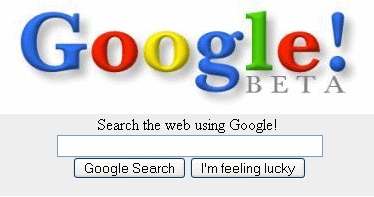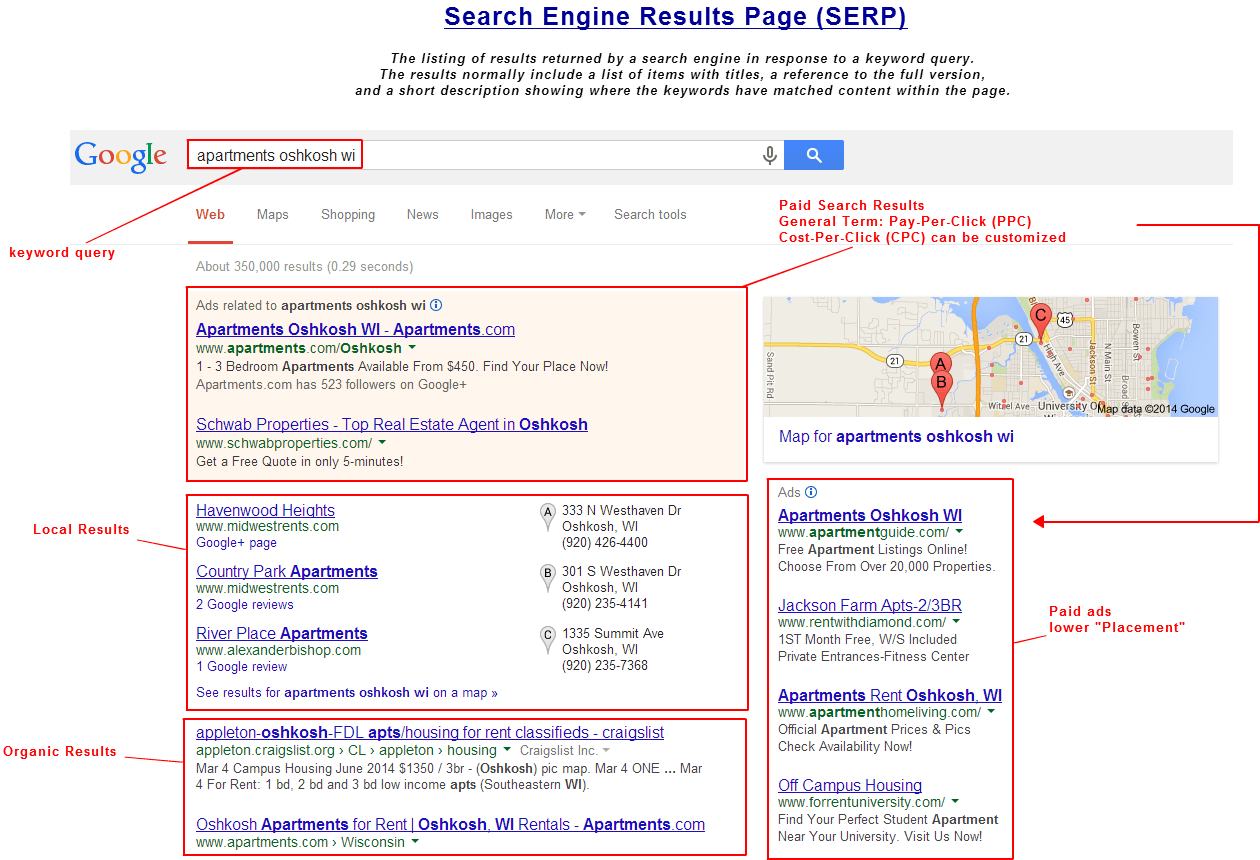
When I was growing up, my mother was always interested in technology. I remember her telling a story about the ‘Google® boys’ who were working from their garage that were going to make millions. She talked about how Google search was going to change the world because it had the ability to read the minds of users and visualize search results before you even finished typing. And before others, she knew that Google search was going to transform the way consumers find businesses.
Google’s popularity really started to grow in 1998 when it launched and used PageRank, a tool developed to rank websites in its search engine. Eventually, our dinner table conversations focused on Search Engine Optimization (SEO). In case you aren’t familiar with the term, SEO refers to the process of integrating keywords, relevant content and links into a website in order to drive search engine traffic.
Back then, SEO was much less structured and easier to manipulate. Rankings were typically measured by the quantity of links to a website and the number of keywords used. The idea was to come up with as many keywords as possible and ‘stuff’ them into the content, page titles and other meta tags. I distinctly remember helping my mom brainstorm keywords in order to generate more traffic to her company’s website. It seemed like a game at the time-you’d come up with as many keywords as possible and stuff them into your website in order to increase your online presence.
Things started to change in 2000, when Google launched AdWords®, an online advertising program that allowed for businesses to pay for ads to appear on the first page of the Google search results. At first, AdWords only offered a flat cost-per-thousand impressions (CPM) model. CPM refers to paying based on the number of times your ad was seen in the results page. A year later, Google AdWords started offering pay-per-click (PPC) advertising at a flat rate, which meant each word came with its price that companies were required to pay, regardless of budget. PPC is still a common term used today, but as a general way to describe paid advertisement.
Following the release of AdWords, the first Google Zeitgeist was released. Google Zeitgeist was revolutionary because it provided the ability to find the most popular search terms that could be integrated into SEO strategies to review search trends overtime. Back then, I remember being surprised that Harry Potter was one of the most popular terms searched that year. I wasn’t a big Harry Potter fan, and I fully expected the hot topic to be the Backstreet Boys.
Over time, Google revised its SEO requirements, forcing webmasters to use strategies and tactics that better align with the consumer vs the search engine itself. Lines were drawn between ‘black hat SEO’ and ‘white hat SEO.’ Black hat SEO involves unethical practices to increase websites rankings, these tactics may include, but are not limited to content automation, hidden text or fields, keyword stuffing , and sneaky redirects.
White hat SEO practices involve the usage of SEO strategies, techniques and tactics that focus on the human audience as opposed to the search engines. In addition, white hat SEO follows search engine guidelines. It is important to stay up to date on search engine guidelines for major search engines. Google Webmaster Guidelines and Bing & Yahoo Webmaster Guidelines differ, and today, it is common to develop separate plans for different search engines.
In a game changing move and without an official announcement, in 2003 Google started to release new updates to its algorithms that dictated how search results appear. The objective was to provide more relevant information related to a search query.
I won’t forget my mom frantically explaining that Google ‘danced,’ when the Florida Update (known as the Florida Dance) was released in November of 2003. It was revolutionary because it put updates and SEO on the map. People still talk about it today, because suddenly, websites that were once positioned at the top of search results literally fell out of search completely. Geico®, for example, was one of the companies that no longer appeared in Google search. The company later sued Google, and a series of lawsuits from other companies quickly followed.
Today, search engines continue to evolve and the algorithms change regularly. Now, when Google dances, it’s become a family tradition to discuss it at my dinner table. In addition to the algorithm changes, the way consumers find information is evolving, and optimizing a website for effective SEO must adapt to the changing landscape. Moving forward, the best practice is to think about the content you want your customers to find and how you want them to find it. This will help you define SEO strategies to ensure customers find you. Stay up to date with Google’s updates, otherwise, your company might find itself dancing alone.


